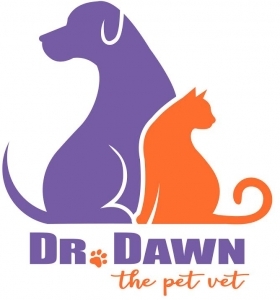 Cats show stress in many ways, often which are misinterpreted by their owners. Some manifestations of stress can mimic medical conditions, so it is important to know how to distinguish them. First, take the quiz below to get an idea of how much stress your cat may be experiencing. Then we will talk about what environmental situations may cause them stress, why, and how to go about remedying it.
Cats show stress in many ways, often which are misinterpreted by their owners. Some manifestations of stress can mimic medical conditions, so it is important to know how to distinguish them. First, take the quiz below to get an idea of how much stress your cat may be experiencing. Then we will talk about what environmental situations may cause them stress, why, and how to go about remedying it.
Measure your cat stress risk level :
1. Number of cats in your household
-1 (1 point)
-2 (2 points)
-3. (3 points)
-4 (4 pints)
-more (5 points)
2. How much access do your cat(s) have to the outside?
– none (5 points)
-controlled (3 points)
– free (1 points)
3. Does your cat(s) have easy and free access to its (their) own water bowl?
– Yes (0 points)
– No (5 points)
4. Does (do) your cat(s) have easy and free access to its (their) own litter box?
– Yes (0 points)
– No (5 points)
5. Does (do) your cat have access to its (their) own resting area?
– Yes (0)
-No (5)
6. How often do you play with your cat(s)?
– Never (5)
– Sometimes (3)
– Everyday (1)
7. How often do guests visit your home?
– Never (0)
– Once a month (1)
-Once a week (3)
– More than once a week (5)
8. When did you last move or redecorate your home?
– I haven’t recently moved nor redecorated (0)
– I have moved/redecorated within the last month (3)
– I’m currently moving/redecorating (5)
– I’m planning to move/redecorate my house soon (3)
9. Who looks after your cat(s) when you go away?
– My cat stays at home with a neighbor visiting him (1)
– My cat goes to a boarding facility or stays with my friends or family (3)
– My cat comes with me when I go away (2)
10. How often do you travel with your cat(s)?
– Never (0)
– Once a year (5)
– Once a month (5)
-More often than once a month (3)
If your total was between 30 and 50, your cat is potentially under moderate stress risk levels.
If your total was between 13 and 30, your cat may have medium stress level risk.
If your total was below 10, your cat may have very low stress level risk.
The quiz touches upon some common stressors in a cat’s environment and lifestyle. By reading the quiz, you can see that there is more stress associated with, in general, multicat households, change in the location of the home and immediate environment, and being able to access their own food source, water source, and have a place to call their own within the home. Other stressor changes include new people coming into the home, such as guests, and new babies. Illness and pain can also cause stress, and manifest as, often , an undesirable behavior.
Multicat Households: Why this might cause your cat stress
– They are forced to share their territory with other cats.
– This means losing control of their resources, such as food and water
– Food bowls that are in the same location for many cats cause forced contact with other cats. This might result in them eating too quickly or change the amount of food they eat. It could also result in them not eating at all.
Hospitalization or returning home from hospitalization:
– Your cat may not recognize “marks” in your home, causing him/her stress upon returning. marks are “chemical signals” used to communicate to other members of the species to increase the confidence of the individual marking. They may also be used in context of territorial identification to other cats in the household. Additionally, other cats in the home may not” recognize” him/her. Elizabethan collars and changes in their smell upon return can also contribute to this behavior, and add stress to the patient.
I will discuss this in more detail in the part 2 of this subject. Stay tuned!
Dr. Dawn
Please Share and SUBSCRIBE here




